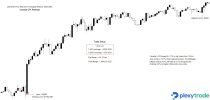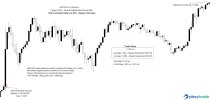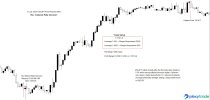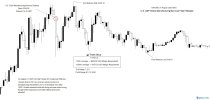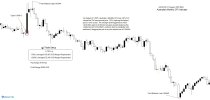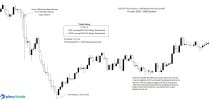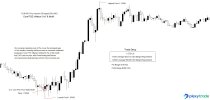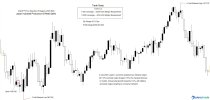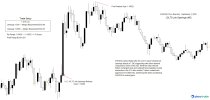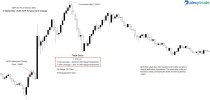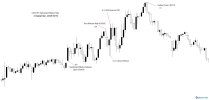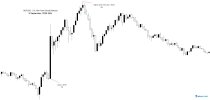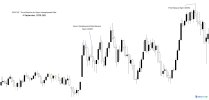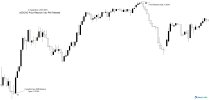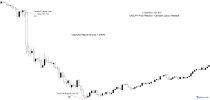️ High-Impact Economic Calendar – September 15, 2025
Timeline: GMT | Focused Currencies: CNY, USD02:00 GMT
China – Unemployment Rate
Forecast: 5.2% | Previous: 5.2%
Currency: CNY
Market insight:
The surveyed urban unemployment rate is steady, suggesting labor market resilience. Any surprise uptick would raise growth concerns, while stability offers reassurance for the yuan.
02:00 GMT
China – Industrial Production Year-on-Year
Forecast: 5.1% | Previous: 5.7%
Currency: CNY
⚡ Why it matters:
Industrial output across manufacturing, mining, and utilities slowed from July. Softer growth underscores pressure from weak global demand and could weigh on risk sentiment.
02:00 GMT
China – Retail Sales Year-on-Year
Forecast: 5.0% | Previous: 3.7%
Currency: CNY
Market insight:
Retail spending compares to the same month last year. A rebound from July’s weak pace points to stronger consumer demand, a supportive sign for domestic recovery and the yuan.
12:30 GMT
United States – NY Empire State Manufacturing Index
Forecast: 10.0 | Previous: 11.9
Currency: USD
Quick take:
This survey of New York manufacturers tracks changes in orders, shipments, and hiring. A lower reading signals easing momentum, though staying above 0 still reflects expansion.
✅ Monday begins with a China data trio—unemployment, industrial production, and retail sales—setting the tone for Asia’s session. Later, the Empire State survey offers the first glimpse into U.S. factory activity for September.
A Trader's Guide to High-Impact News Volatility
China's Economic Pulse: Output, Retail, and Employment - 15 August, 2025
China’s economy maintained steady growth momentum in July 2025, according to data from the National Bureau of Statistics. Industrial output rose 5.7% year-on-year, led by equipment manufacturing (+8.4%) and high-tech production (+9.3%), while services grew 5.8%, with strong gains in IT and finance. Retail sales climbed 3.7% year-on-year, supported by robust demand for appliances, furniture, and recreational goods, though monthly growth dipped slightly. Fixed asset investment increased 1.6% in the first seven months, with manufacturing and infrastructure strengthening, even as real estate investment fell 12%. Exports surged 8.0% and imports rose 4.8%, driving a 6.7% trade growth overall. Employment stayed broadly stable at 5.2% unemployment, while inflation was flat year-on-year and core CPI rose 0.8%, reflecting subdued consumer prices. Overall, officials highlighted resilience despite global headwinds and domestic challenges.
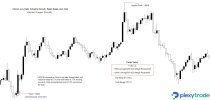
Market Note: Geopolitical Risk
Geopolitical tensions continue to drive volatility, shift risk sentiment, and weigh on global equities. Weekend developments add further uncertainty, often leading to sharp gaps when markets reopen. In the Middle East, Israel’s strike in Doha triggered a regional backlash ahead of Qatar’s extraordinary Arab–Islamic summit on September 14–15, 2025, with a foreign ministers’ preparatory meeting on Sunday. In Europe, Russia–Poland drone incidents, Belarus–Russia military drills near the Polish border, and the pause in Ukraine peace talks highlight growing instability. In Asia, China–Taiwan tensions remain elevated after Beijing’s Fujian carrier crossed the Taiwan Strait.
Disclaimer: The content provided is for educational and informational purposes only and is not intended as trading or financial advice. This analysis seeks to enhance your understanding of market behavior and highlight potential opportunities that may have existed, offering insights into how the market operates and the possibilities it may present.


